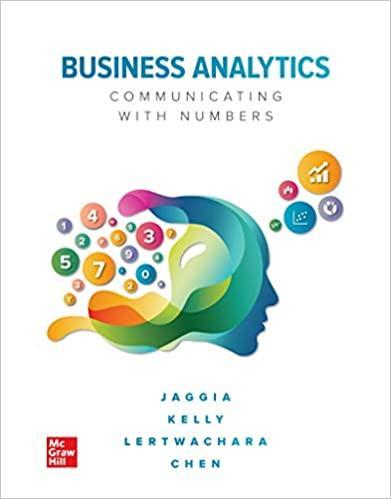Refer to Exercise 21 for a description of the data set. a. Create a boosting ensemble classification
Question:
Refer to Exercise 21 for a description of the data set.
a. Create a boosting ensemble classification tree model. What are the overall accuracy rate, sensitivity, and specificity of the model on the validation data? What is the AUC value of the model?
b. Compare the performance of the boosting ensemble model to that of the single-tree model created in Exercise 21 (for Analytic Solver) or Exercise 22 (for R). Which model shows more robust performance? Explain.
c. Score the new cases in the In_App_Pur_Score worksheet using tfhe boosting ensemble classification tree model. What is the probability of the first gamer making in-app purchases? What is the probability for the second gamer?
Data from Exercises 21
Monstermash, an online game app development company, wants to be able to predict which gamers are likely to make in-app purchases. Ranon Weatherby, the company’s data analyst, has compiled a data set about customers that contains the following variables: customer age (Age), sex (1 if male, 0 otherwise), household income (Income in $1,000s), the number of years playing online games (Years), the number of hours playing online games per week (Hours), whether the customer has a credit card (CreditCard), whether the customer has a Facebook profile (Facebook), and whether the customer has made in-app purchases before (Buy). A portion of the In_App_Pur_Data worksheet is shown in the accompanying table. Create a classification tree model for predicting whether the customer will make in-app purchases (Buy). Select the best-pruned tree for scoring and display the full-grown, best-pruned, and minimum error trees.

Step by Step Answer:

Business Analytics Communicating With Numbers
ISBN: 9781260785005
1st Edition
Authors: Sanjiv Jaggia, Alison Kelly, Kevin Lertwachara, Leida Chen





